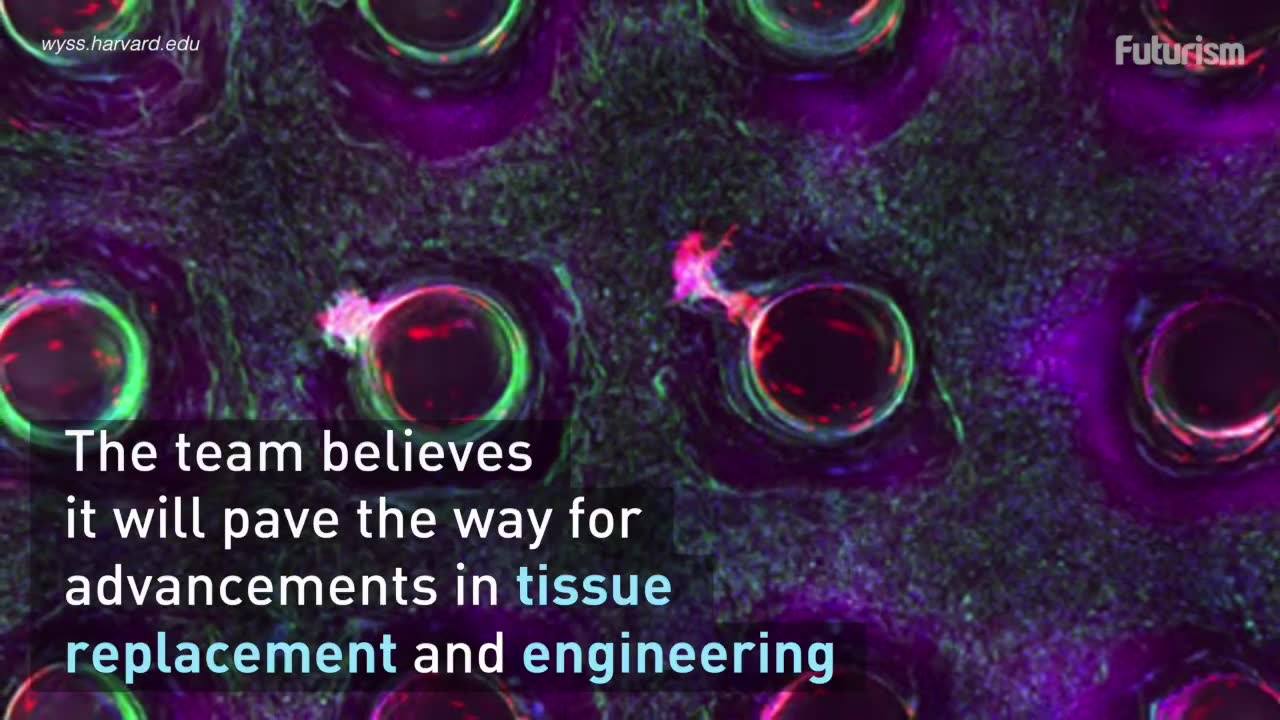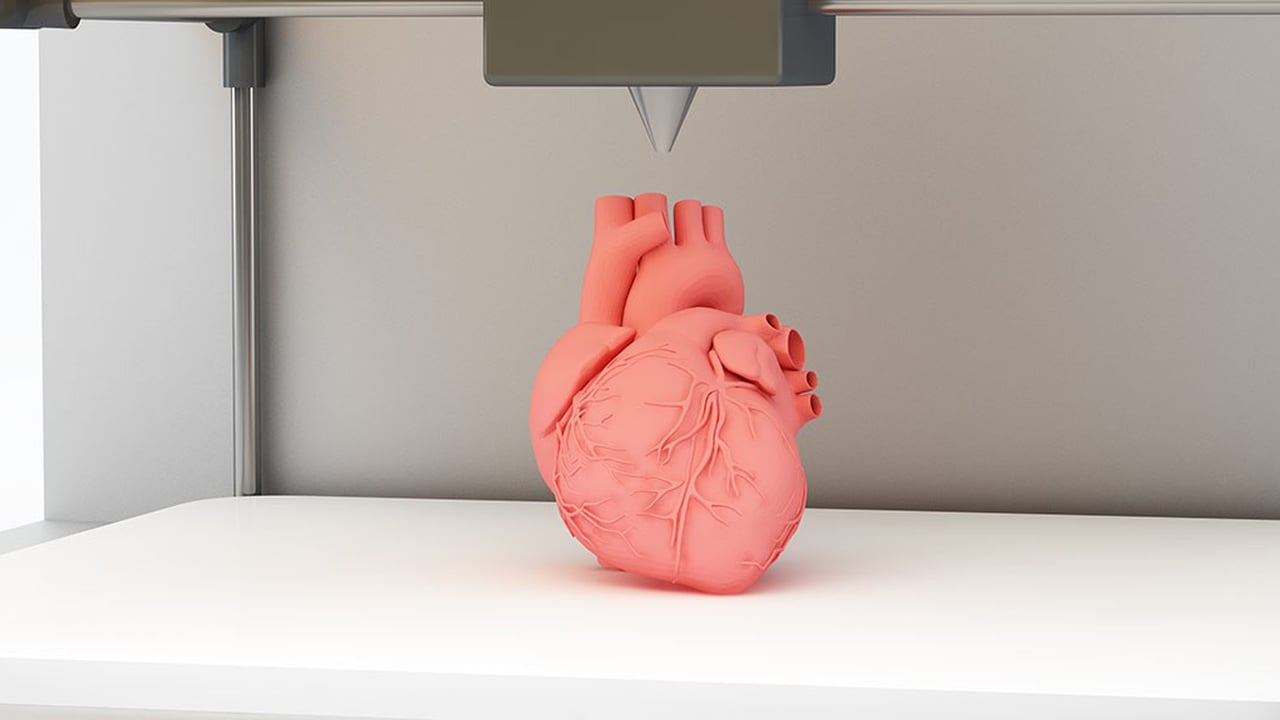Humans may need to genetically engineer themselves to withstand the harsh and unpredictable environments encountered during long-term space travel, one researcher says.


#SyntheticBiology: Robotic lab to custom-make synthetic bacteria.
Imperial College opens UK’s first robotic lab that automates the creation & rebooting of bacteria custom-made to produce pharmaceuticals and other materials. The robots will automate the synthesise of complete DNA strands, which consists millions of base pairs, and transplant entire genomes into bacteria chassis.
H/T: @CSERCambridge

Nice
Researchers have developed a new and highly efficient method for gene transfer. The technique, which involves culturing and transfecting cells with genetic material on an array of carbon nanotubes, appears to overcome the limitations of other gene editing technologies.
The device, which is described in a study published today in the journal Small, is the product of a collaboration between researchers at the University of Rochester Medical Center (URMC) and the Rochester Institute of Technology (RIT).
“This platform holds the potential to make the gene transfer process more robust and decrease toxic effects, while increasing amount and diversity of genetic cargo we can deliver into cells,” said Ian Dickerson, Ph.D., an associate professor in the Department of Neuroscience at the URMC and co-author of the paper.

Like this article highlights; we will see a day soon when all techies will need some level of bio-science and/ or medical background especially as we move closer to Singularity which is what we have seen predicted by Ray Kurzweil and others. In the coming decade/s we will no longer see tech credentials relying strictly on math/ algorithms, code, etc, Techies will need some deeper knowledge around the natural sciences.
If you are majoring in biology right now, I say to you: that was a good call. The mounting evidence suggests that you placed your bet on the right degree. With emergent genetic recombination technologies improving at breakneck speed alongside a much deepened understanding of biological circuitry in simple, “home grown” metabolic systems, this field is shaping up to be a tinkerer’s paradise.
Many compare this stage of synthetic biology to the early days of microprocessing (the precursor to computers) when Silicon Valley was a place for young entrepreneurs to go if they needed a cheap place to begin their research or tech business. One such tech entrepreneur, the founder of O’Reilly media, Tim O’Reilly — who also coined the term “open source” — made this comparison in an interview with Wired magazine., O’Reilly further commented on synthetic biology saying, “It’s still in the fun stage.”

Good read; and highlights fair arguments around science and technology innovations and their patents. CRISPR was highlighted; however, the same can be applied to things like AI. What happens when a Humanoid robot owned by an investment bank innovates and develops new technology for Wall Street? The humanoid robot was (in this example) created by Microsoft; however, is owned by a Goldman Sachs. Who truly owns this new technology innovation? Could we see Goldman Sachs owning 70% of the patent & Microsoft owning 30%?
The worlds of science, technology and patent law eagerly await the U.S. government’s decision on who deserves patents on what many have referred to as the biotechnology invention of the century: the CRISPR/Cas9 gene-editing technique.
Scientists hail CRISPR/Cas9 as more accurate and efficient than other, now-traditional genetic engineering methods. As a result, CRISPR has generated worldwide debate about how it could accelerate the manipulation of plants, animals and even human beings at the molecular level. That some DNA modifications can be passed on to future generations raises particular concern.
But the patent dispute, focusing on whether scientists at the Broad Institute of MIT and Harvard or those at University of California, Berkeley invented the technology, seems far from these ethical concerns. Each institution asserts that its scientists are the rightful inventors — and therefore the owners of the CRISPR/Cas9 patents. As proof, the scientists are submitting their published articles, laboratory notebooks and affidavits to the US Patent and Trademark Office, which will make a decision in the next few months.


Preliminary work suggests that T-cells, which normally target disease, can be genetically engineered to target senescent cells in a wide range of tissues. In future, an infusion of GM blood every few years might be able to keep you going indefinitely (assuming some major advances in treating cancer, Alzheimer’s and heart disease). At which point, the question might be less: “How long have I got?” and more: “How long do you fancy sticking around?”
American scientists have coined the term ‘senolytics’ to describe a new class of drugs designed to delay the ageing process by clearing out doddery cells.


